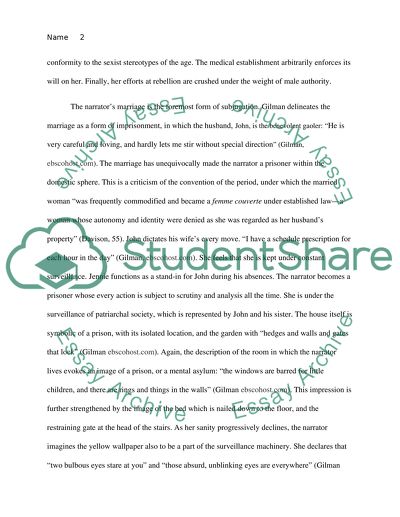Cite this document
(“The Yellow Wallpaper: Subjugation of Women Research Paper”, n.d.)
Retrieved de https://studentshare.org/english/1427904-the-yellow-wallpaper-subjugation-of-women
Retrieved de https://studentshare.org/english/1427904-the-yellow-wallpaper-subjugation-of-women
(The Yellow Wallpaper: Subjugation of Women Research Paper)
https://studentshare.org/english/1427904-the-yellow-wallpaper-subjugation-of-women.
https://studentshare.org/english/1427904-the-yellow-wallpaper-subjugation-of-women.
“The Yellow Wallpaper: Subjugation of Women Research Paper”, n.d. https://studentshare.org/english/1427904-the-yellow-wallpaper-subjugation-of-women.


